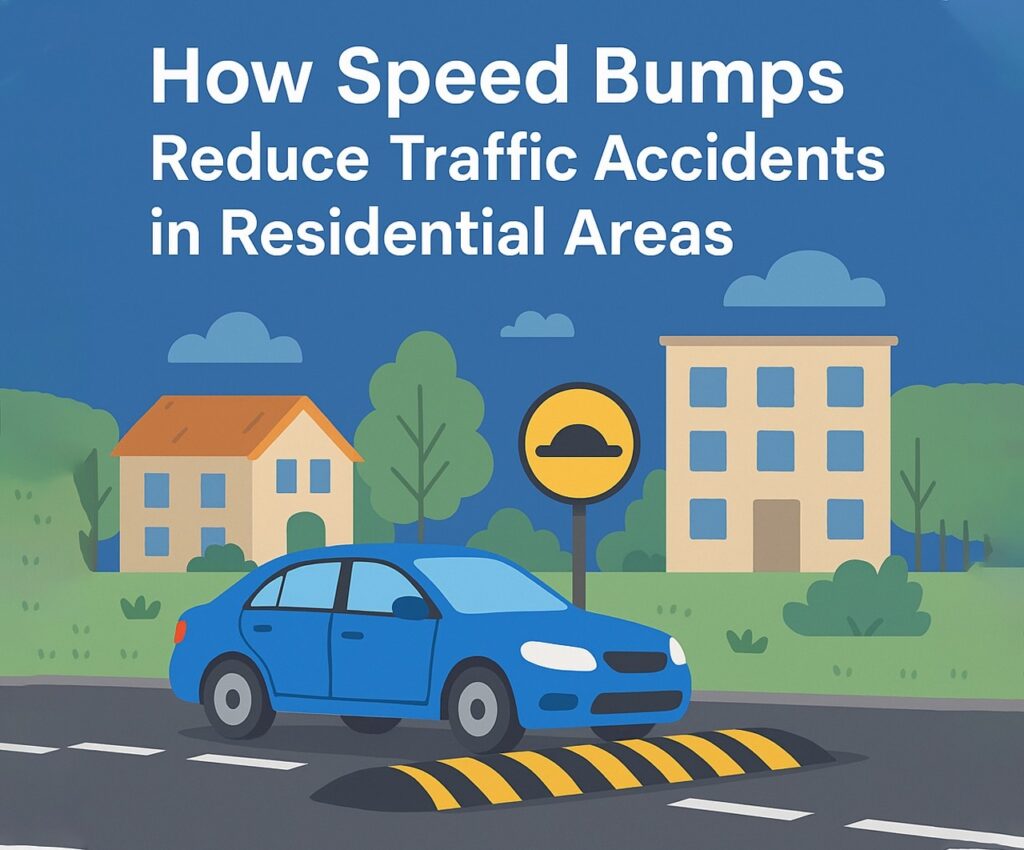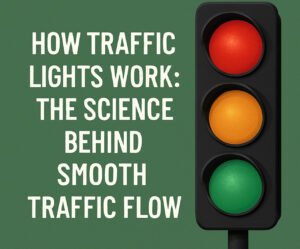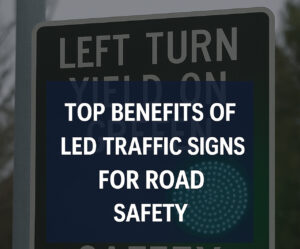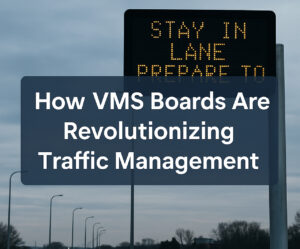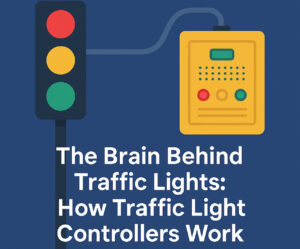In neighborhoods where families walk dogs, kids ride bikes, and people jog down tree-lined streets, speed control becomes a top priority. That’s why more local governments are investing in traffic calming tools—and one of the most effective is the humble speed bump. But it’s not just the physical bump that matters. The visibility provided by a speed bump sign, whether warning or regulatory, is just as crucial. From clearly displayed speed bump signs for sale to well-placed speed bump road sign installations, these tools are making neighborhoods safer and calmer. Know more..
Why Speed Bumps Work
Speed bumps are designed to jolt drivers out of speeding. They physically force a reduction in speed by elevating the road surface at strategic intervals. Unlike speed humps or cushions, which offer a gentler slope, speed bumps create a sharp elevation change that’s felt immediately if a driver is going too fast.
The genius lies in their simplicity: install a raised surface and drivers slow down. But the design must be paired with effective signage. Without a speed bump sign clearly visible ahead of time, drivers might slam their brakes too late—creating more danger, not less.
The Power of Visual Warnings
A speed bump road sign provides early warning. It gives drivers the chance to reduce their speed smoothly rather than reacting abruptly. Visibility is everything. Reflective paint, bright yellow or orange borders, and standardized shapes ensure that these signs stand out even in bad weather or low light.
There’s a growing market for these signs, especially in suburban developments, schools, hospitals, and gated communities. That’s why you’ll often find speed bump signs for sale in both public procurement portals and private traffic safety catalogs. Property managers and city planners alike need access to signs that comply with legal standards while fitting the specific layout of their roads.
Placement Strategy: Where and How
Speed bumps are most effective when placed in a pattern. A single bump might slow one area, but a sequence of them creates a corridor of calm traffic. Ideal placement includes:
- Near playgrounds
- At school zone entrances
- Inside parking lots
- Near intersections with high pedestrian activity
- At the entrance and exit of residential communities
Of course, each bump must be accompanied by a speed bump sign in advance of the bump and another right at it. The rule of thumb is that signage should be placed at least 50 to 100 feet before the bump, depending on the speed limit.
How Signage Enhances Effectiveness
A speed bump road sign isn’t just a regulatory necessity; it’s a psychological tool. When a driver sees a warning sign, the brain begins processing the need for caution before the physical bump appears. This pre-alert mechanism significantly reduces the risk of sudden braking, rear-end collisions, or vehicle damage.
Digital signs are also making their way into this category. In areas with variable traffic volumes, LED-equipped speed bump signs for sale can flash during peak hours and stay dim at night, reducing light pollution and power use. AI-powered cameras can even adjust the brightness of signs based on traffic flow or time of day.
Community Feedback and Public Safety
Residents often report a greater sense of safety when speed bumps are installed. Kids can play on sidewalks. Pets can be walked more freely. But these benefits only come when implementation is comprehensive.
A poorly signed bump can damage cars or cause driver frustration. Properly executed, with every speed bump sign and speed bump road sign clearly in place, these bumps reduce speed, protect pedestrians, and decrease accident rates. Studies in several U.S. cities show that speed bumps, when paired with warning signage, reduce traffic speed by 15–20% and accidents by over 40%.
Sign Types and Customization
Municipalities often standardize their signage, but private property owners or businesses may require specific variants. Luckily, there’s a wide selection of speed bump signs for sale online and through industrial suppliers.
Sign options include:
- Reflective aluminum signs
- Foldable warning signs for temporary use
- Solar-powered flashing signs
- Custom speed limit integration signs
Some communities opt for bilingual signs, especially in diverse neighborhoods, which broadens understanding and compliance.
Legal Compliance and Materials
Installing a speed bump road sign requires adherence to local regulations. Most states follow guidelines based on the Manual on Uniform Traffic Control Devices (MUTCD). Signs must meet size, reflectivity, and placement standards to be enforceable.
Common materials used include:
- Rust-resistant aluminum
- UV-protected inks for longer readability
- Engineer-grade or high-intensity reflective sheeting
Durability matters. A faded speed bump sign reduces effectiveness. That’s why it’s worth investing in quality signs that remain visible through rain, sun, and snow.
Speed Bumps vs. Alternative Measures
While speed bumps are effective, cities often consider alternatives like rumble strips, chicanes, or radar speed displays. However, none of these match the simplicity and cost-effectiveness of the bump-and-sign combo.
- Rumble strips make noise but don’t slow speed significantly.
- Radar signs inform drivers but rely on voluntary compliance.
- Chicanes require significant road redesign.
A bump, combined with a clear speed bump sign, is direct, easy to implement, and offers immediate results.
Modern Trends and Smart Integration
Smart cities are exploring sensor-enabled speed bumps that record vehicle speeds and issue alerts to traffic control centers. Paired with real-time data, these systems can generate reports and even trigger maintenance notifications if a sign is damaged or obscured.
Interactive speed bump road sign prototypes now display the vehicle’s speed or flash lights when a driver exceeds the limit. This mix of physical and digital enforcement is proving effective in school zones and near senior housing.
Also trending are community-engaged signage programs. Neighborhood associations can now design custom speed bump signs for sale that reflect local culture while meeting safety regulations. Imagine a sign shaped like a turtle with “Slow Down—Children Playing!” that still adheres to DOT standards.
Final Thoughts
Speed bumps are more than just asphalt mounds—they’re guardians of neighborhood safety. But their power is amplified when paired with well-placed, high-quality signage. Whether it’s a simple reflective speed bump sign, a regulatory speed bump road sign, or one of the many innovative speed bump signs for sale, the role of signage is non-negotiable.
In a time when urban and suburban roads are getting busier, combining physical deterrents with strong visual cues is the most reliable way to protect communities. Investing in proper signage isn’t an add-on—it’s an essential part of making every bump count.

